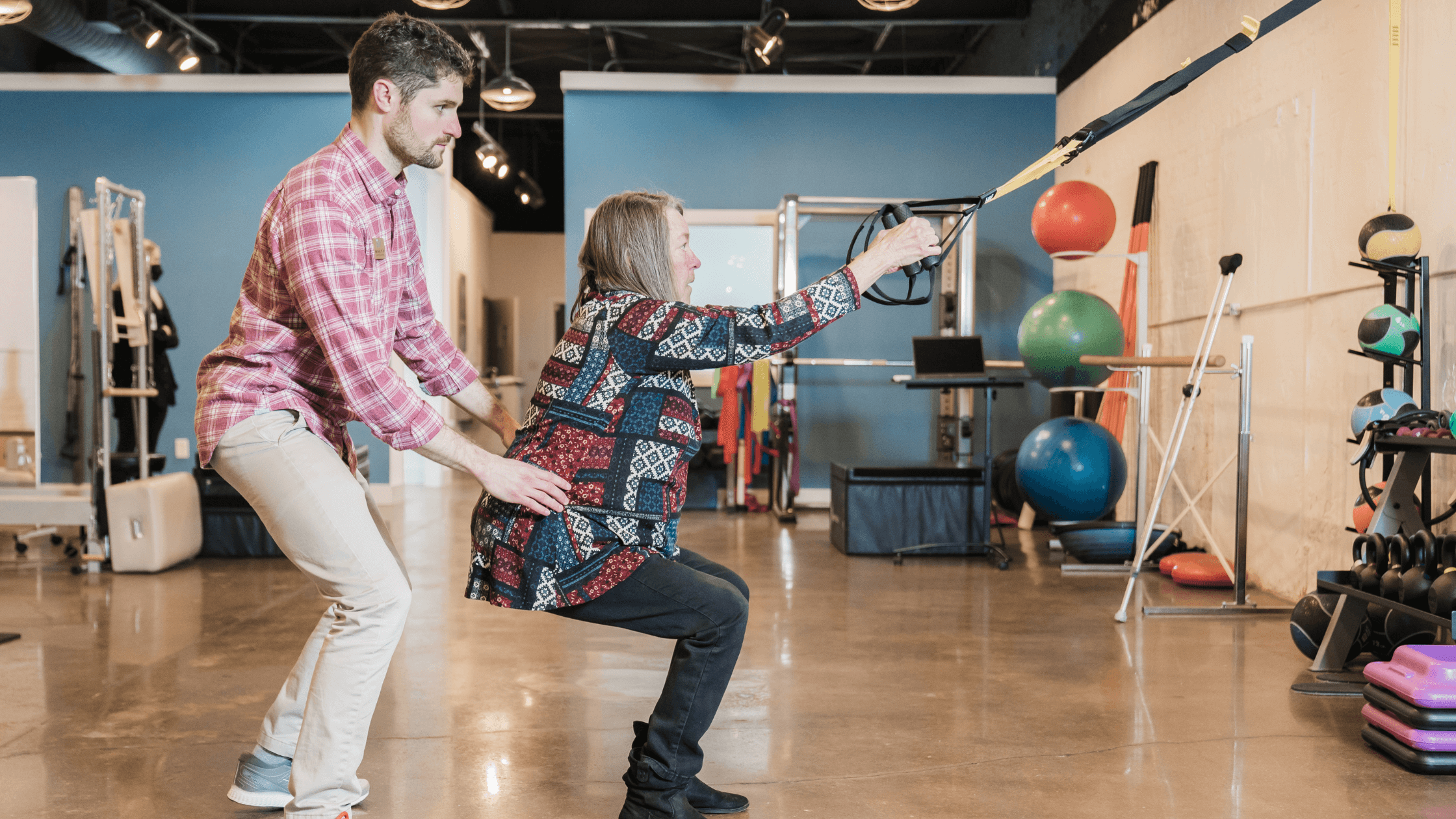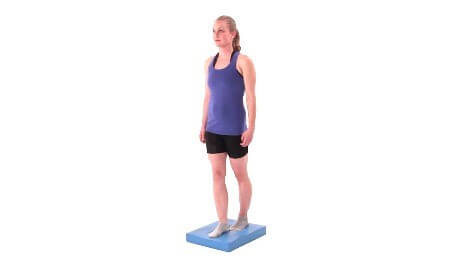Physical Therapy | Balance | Neurological Recovery
How Can Physical Therapy Help Parkinson's Disease?

Licensed Physical Therapist PT, DPT // EW Motion Therapy Tuscaloosa
When you or a loved one is diagnosed with Parkinson’s disease, you probably have questions about the treatments available. Your doctor might have recommendations on additional therapies to help you or your loved one stay active, including physical therapy. So how is physical therapy different for Parkinson’s patients? How can it help them move better and improve their quality of life?
These are valid questions, and knowing the answers can help you or your loved one create a care plan that works for both patient and caregiver. Our skilled therapists at EW Motion Therapy get to know each Parkinson’s patient as a person first, not just a diagnosis. They can then develop a treatment plan that addresses your specific needs and goals. Even if you choose physical therapy somewhere else, we would still like to give you more information on what therapy can look like for Parkinson’s disease.
This article discusses why physical therapy can be good for Parkinson’s patients, what evaluation and treatment sessions look like, and the different home exercises your therapist may assign. With this information, you or your loved one can begin therapy knowing that you are pursuing the best solution for movement dysfunction associated with Parkinson’s.

Why is physical therapy good for Parkinson’s patients?
A Parkinson’s diagnosis presents with many specific symptoms, especially movement dysfunctions. You or your loved one may have trouble walking, getting in and out of bed, or getting in and out of cars, and that can seriously affect how you move about your day. But, as research has shown, improving movement is one of the keys to slowing the progression of Parkinson’s symptoms.
The ultimate goal of physical therapy is improving functional movement, and physical therapy is a great way for Parkinson’s patients to work consistent movement into their daily routine. They can go to therapy and learn exercises to help them move better, while under the constant skilled supervision of a therapist. After being diagnosed with Parkinson’s, trying to do anything can feel discouraging, but with an encouraging physical therapist as part of your care team, you can continue to pursue the activities you love while boosting your energy and mood.
Evaluation and treatment
When a Parkinson’s patient comes to physical therapy for the first time, their assigned therapist will start by going over medical history from the patient’s intake paperwork, including previous surgeries and fall risk. They will also look over their medication records, because if the patient takes medication for Parkinson’s, the timing of the medication can affect how their therapy might go that day, depending on what they take. For example, if a patient takes their medication in the morning but does not have therapy until the afternoon, the medicine might have worn off by the time their session comes around.
Then, the therapist will go over personal goals for treatment and get to know the patient better. They may ask what things you have difficulty doing in your day. Can you get in and out of bed easily? Can you reach up to put things away? Your answers to those questions and others will determine the kind of treatments and additional evaluations the therapist may decide to apply. Typical treatment for Parkinson’s patients may include a gait/balance assessment and a posture assessment to determine where you may have some additional issues. The therapist will always adjust treatment to how the patient feels that day, never pushing them beyond what they can handle.
Home exercises
At the end of your first session, your therapist will begin to develop a home exercise plan for you or your loved one to follow and continue improving while not in the clinic. The exercises below are just a few examples that some of our therapists have assigned as part of home exercise programs for our Parkinson’s patients. If you wish to try any of these yourself, do it safely, with your doctor’s permission and someone supervising, preferably the primary caregiver.
Tandem Stance w/ Optional Object Reach/Place: Begin in standing upright position on a foam pad with your arms resting at your sides. Place one foot directly in front of the other, so you are standing in a heel-to-toe position. Keep your eyes open and maintain your balance in this stance. Once balanced, reach out and grab/place the object to the opposite side without losing balance. Try to keep your back straight and posture aligned throughout the exercise. Use countertop or railing as necessary for safety.

Standing Boxing - Jab, Uppercut, Hook w/ Optional 1-5lb DB Weights: Begin in a standing upright position with your elbows bent and your hands in fists, palms facing inward. Punch one arm straight forward, then up toward the ceiling with your elbow bent, then across to your opposite side, rotating your shoulders. Continue, repeating with your other arm. Use weights for added challenge. Make sure to keep your movements controlled and do not shrug your shoulders during the exercise.

Sidestep w/ Added Lateral Arm Raise Bilaterally (Weight Optional): Begin standing upright. Slightly bend your hips and knees into an “unlocked” position. Slowly step sideways while lifting both arms to shoulder height maintaining balance for each repetition. Then, step back to the starting position with arm movement in the opposite direction. Make sure to keep your feet pointing straight forward, your abdominals tight, and do not let your knees collapse inward during the exercise.

How does Parkinson’s affect movement?
Now you know more about what physical therapy can look like for Parkinson’s patients. Physical therapy can use a lot of energy, and fatigue can be a barrier for some patients to stick with their therapy. But each therapist will find the balance of not exhausting the patient but also accomplishing enough during each session to make a difference. Parkinson’s can affect movement in many different ways, but when a therapist can develop an individualized plan for you or your loved one to improve, it can make a world of difference in their quality of life.
EW Motion Therapy is proud to be the official physical therapy partner of the Parkinson's Association of Alabama. We work with our Parkinson’s patients to make improvements where we can, providing education and working together to improve daily functional movement. If you are interested in our neurological therapies for Parkinson’s disease, fill out the Request an Appointment form on our website, and someone from our staff will contact you within 48 hours with your next steps.


